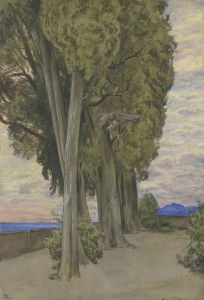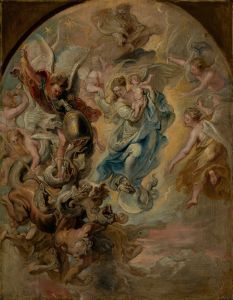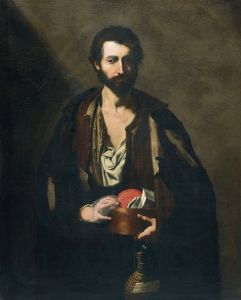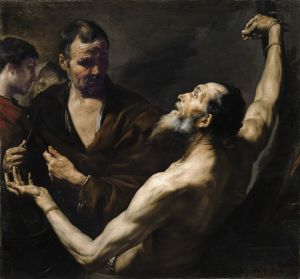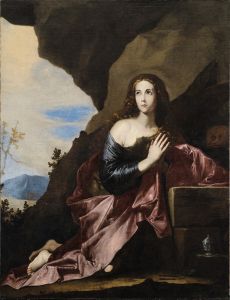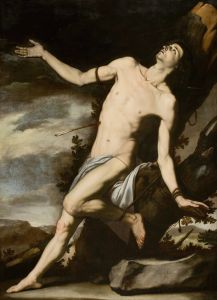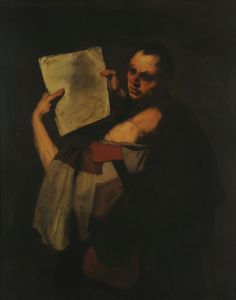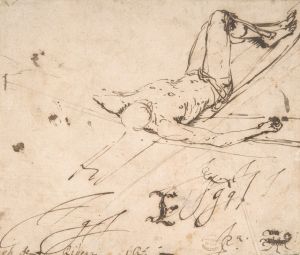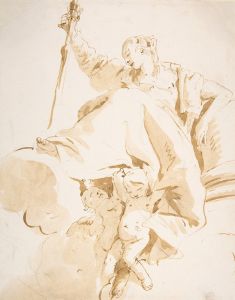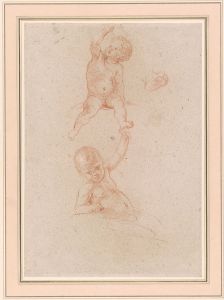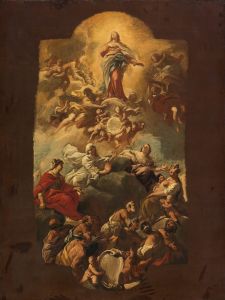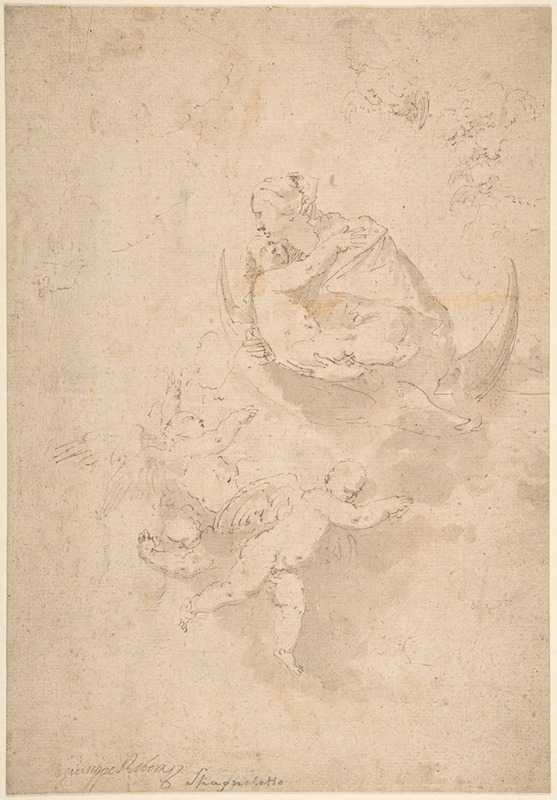
Virgin and Child on Crescent Moon with Putti
A hand-painted replica of Jusepe de Ribera’s masterpiece Virgin and Child on Crescent Moon with Putti, meticulously crafted by professional artists to capture the true essence of the original. Each piece is created with museum-quality canvas and rare mineral pigments, carefully painted by experienced artists with delicate brushstrokes and rich, layered colors to perfectly recreate the texture of the original artwork. Unlike machine-printed reproductions, this hand-painted version brings the painting to life, infused with the artist’s emotions and skill in every stroke. Whether for personal collection or home decoration, it instantly elevates the artistic atmosphere of any space.
Jusepe de Ribera, also known as José de Ribera, was a prominent Spanish painter and printmaker of the Baroque period, active primarily in Italy. He is renowned for his dramatic use of chiaroscuro and his realistic depiction of human figures. One of his notable works is "Virgin and Child on Crescent Moon with Putti," a painting that exemplifies his mastery in religious themes and his ability to convey deep emotion and spirituality.
"Virgin and Child on Crescent Moon with Putti" is a captivating representation of the Virgin Mary and the infant Jesus, accompanied by cherubic figures known as putti. The painting is characterized by its rich use of color and light, which are hallmarks of Ribera's style. The Virgin is depicted standing on a crescent moon, a motif that is often associated with the Immaculate Conception in Christian iconography. This imagery symbolizes purity and the triumph of the Virgin over sin, aligning with the theological interpretations of the time.
Ribera's composition is both dynamic and harmonious, with the figures arranged in a way that draws the viewer's eye towards the central figures of Mary and Jesus. The putti, or cherubs, add a sense of movement and playfulness to the scene, contrasting with the serene and contemplative expression of the Virgin. The use of light and shadow in the painting enhances the three-dimensionality of the figures, a technique that Ribera skillfully employed to create a sense of realism and depth.
The painting reflects Ribera's deep understanding of human anatomy and his ability to convey emotion through facial expressions and body language. The tender interaction between the Virgin and Child is depicted with great sensitivity, highlighting Ribera's skill in capturing the nuances of human relationships. The putti, with their lively and mischievous expressions, add a layer of charm and innocence to the composition.
Ribera's work was heavily influenced by the Caravaggisti, followers of the Italian painter Caravaggio, known for their dramatic use of light and shadow. This influence is evident in "Virgin and Child on Crescent Moon with Putti," where the interplay of light and dark creates a dramatic and spiritual atmosphere. Ribera's ability to blend naturalism with religious themes made his work highly sought after during his lifetime, and his paintings continue to be celebrated for their emotional depth and technical brilliance.
The painting is a testament to Ribera's artistic prowess and his contribution to the Baroque movement. It exemplifies the fusion of Spanish and Italian artistic traditions, reflecting Ribera's unique position as a Spanish artist working in Italy. His work had a significant impact on the development of Baroque art, influencing subsequent generations of artists.
"Virgin and Child on Crescent Moon with Putti" remains an important piece in the study of Baroque art and religious iconography. It showcases Ribera's ability to convey complex theological concepts through visual art, making it a valuable work for both art historians and enthusiasts. The painting is a beautiful example of Ribera's dedication to his craft and his ability to evoke a sense of wonder and reverence through his art.





